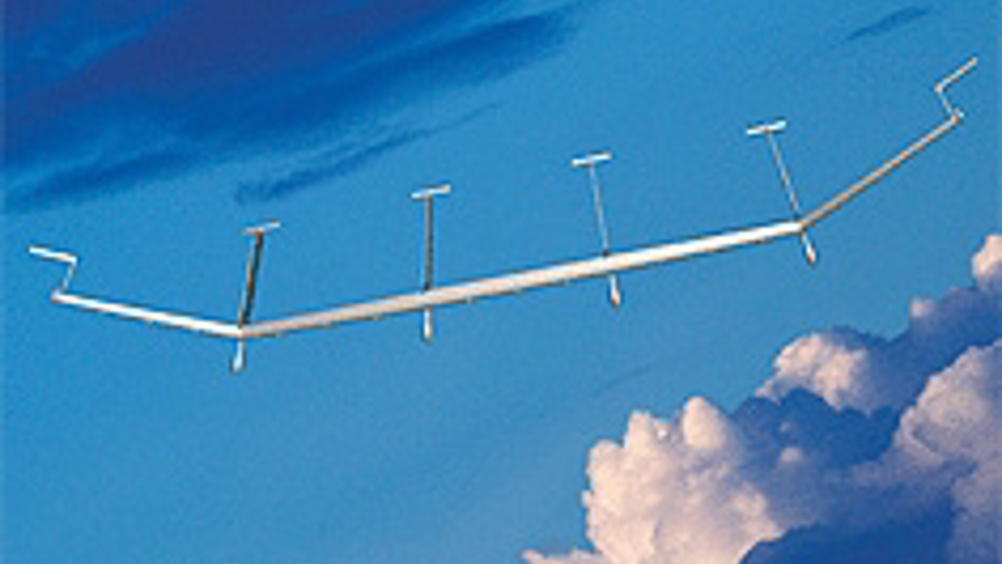Collaboration set to design motors for giant solar aircraft
The electric motors that will propel Boeing’s planned giant solar aircraft will be designed by researchers at Newcastle University in collaboration with Qinetiq.

The team secured the latest contract after its successful demonstration of the Zephyr solar aircraft, which last year achieved a record-breaking two-week, non-stop flight.
Boeing’s SolarEagle, which will have a wingspan of 120m, will take this a step further by aiming to remain in the air continuously for five years while feeding back data from the skies.
Flying at a height of more than 60,000ft in temperatures below -60°C, the project will present significant challenges for the team, but Prof Barrie Mecrow of Newcastle said they will take some lessons from Zephyr.
‘We learned how to operate these machines at very low temperatures and to cope with things you perhaps initially don’t expect — for example, where you have bearings, the grease in the bearing goes solid.
‘Also with the electronics, we not only have to worry about the large components, we have to think about power used by the microprocessor for example, which uses one and a half watts.’
Register now to continue reading
Thanks for visiting The Engineer. You’ve now reached your monthly limit of news stories. Register for free to unlock unlimited access to all of our news coverage, as well as premium content including opinion, in-depth features and special reports.
Benefits of registering
-
In-depth insights and coverage of key emerging trends
-
Unrestricted access to special reports throughout the year
-
Daily technology news delivered straight to your inbox










Simulations show Optimal Design for Bladeless Wind Turbines
"an 80cm mast" Really? I'm short but that's only half my height! Do they mean 800cm?